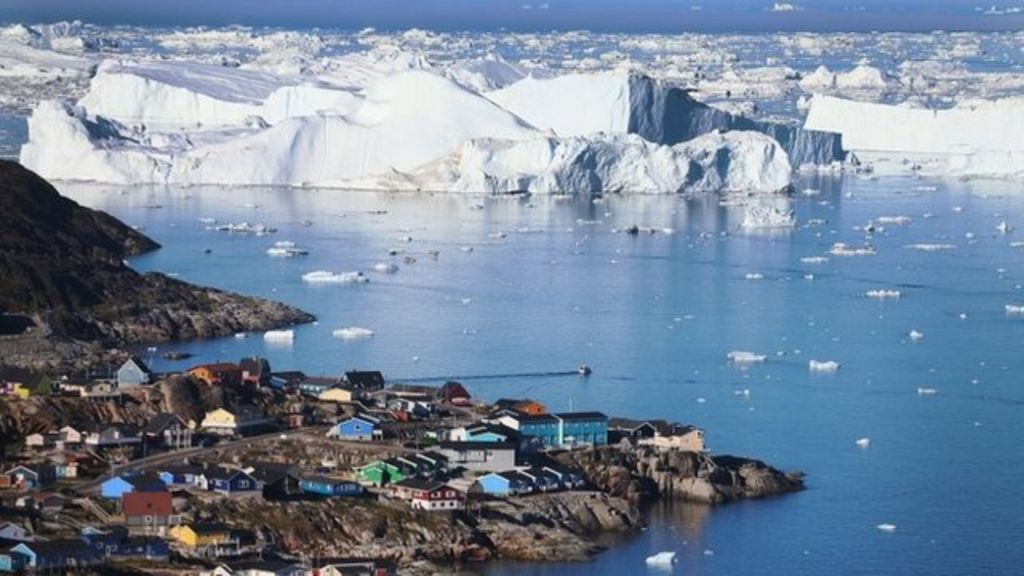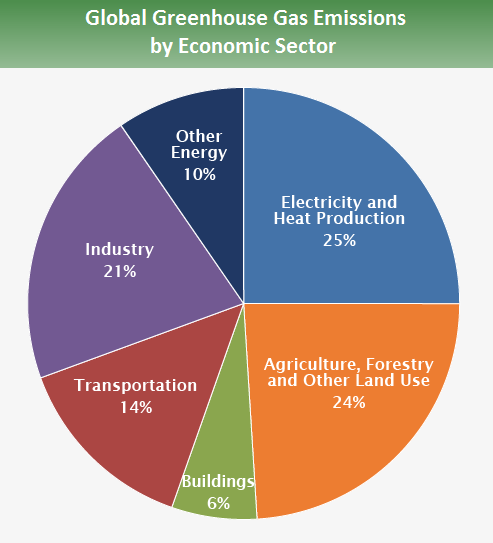Global warming has emerged as one of the most crucial challenges facing humanity in the 21st century. As the planet’s temperature continues to rise, the discourse surrounding the causes of this phenomenon has intensified. So, is global warming a natural occurrence, or is it predominantly driven by human activity? To unravel this complexity, it is essential to delve into both natural factors and anthropogenic influences, assessing their interplay and the implications for our planet’s future.
Understanding Natural Climate Variability
For millennia, Earth’s climate has oscillated between periods of warmth and cold, exhibiting natural variability influenced by a multitude of factors. One of the primary natural mechanisms is the solar radiation variation, attributed to changes in the sun’s output. Sunspots, solar flares, and longer-term solar cycles can induce fluctuations in climate conditions, sometimes leading to notable warming or cooling periods.
In addition to solar influences, volcanic activity plays a significant role in climate variability. When volcanoes erupt, they release substantial quantities of ash and sulfur dioxide into the atmosphere, which can reflect sunlight and induce temporary cooling. However, on the flip side, significant eruptions can also escalate greenhouse gas levels, contributing to warming in the longer term.
Ocean currents, such as the El Niño and La Niña phenomena, further exacerbate climate variability. These currents can redistribute heat across the globe, affecting weather patterns and temperatures across continents. El Niño, for instance, tends to elevate temperatures and can lead to widespread climatic disruptions.
The Role of Human Activity
Contrastingly, since the onset of the Industrial Revolution, human activity has precipitated significant changes in the Earth’s climate that far exceed natural variability. The burning of fossil fuels, deforestation, and various industrial processes have led to unprecedented increases in greenhouse gas concentrations in the atmosphere. The most prevalent of these gases include carbon dioxide (CO2), methane (CH4), and nitrous oxide (N2O).
Carbon dioxide alone, primarily released from vehicles, power plants, and industrial processes, has surged to levels not seen in millions of years. This escalated concentration of greenhouse gases is akin to trapping heat within the atmosphere, thus intensifying the greenhouse effect. As a result, the global temperature has risen alarmingly, with the last decade breaking numerous heat records.
Deforestation plays a multifaceted role in enhancing global warming as well. Trees act as carbon sinks, absorbing CO2 from the atmosphere. The widespread clearing of forests for agriculture and urbanization effectively diminishes these vital ecosystems, leading to higher levels of atmospheric carbon. Additionally, land-use changes exacerbate soil degradation, further releasing terrestrial carbon stocks.
Industrial activities generate not only greenhouse gases but also other pollutants that can interfere with climate systems. For example, aerosols can create a cooling effect in the short term, but their overall contribution is complex and may obscure the true extent of global warming.
The Convergence of Human and Natural Factors
While natural processes intrinsically influence the climate, the contemporary evidence substantiates that human activities have significantly amplified these fluctuations. It is crucial to recognize that climate mechanisms are deeply interconnected, rendering the simplistic narrative of either ‘natural’ or ‘human-made’ as inadequate.
Scientific consensus underscores that the warming pattern observed since the mid-20th century cannot be solely attributed to natural processes. Studies employing advanced climate models demonstrate that the observed temperature rise correlates closely with the increase in anthropogenic greenhouse gas emissions. This situation hints at a profound truth: human activity has altered the natural climate equilibrium, leading to consequences that threaten ecosystems, biodiversity, and human livelihoods.
Future Implications and Our Responsibility
The urgency of mitigating global warming cannot be overstated. The Intergovernmental Panel on Climate Change (IPCC) has issued compelling warnings about potential environmental disasters if immediate actions are not taken to curtail emissions. Rising sea levels, increased frequency of extreme weather events, and biodiversity loss are just a few dire outcomes of continued inaction.
As stewards of the planet, individuals and societies have a responsibility to confront these challenges head-on. Transitioning towards renewable energy sources, enhancing energy efficiency, and embracing sustainable practices are vital steps toward averting catastrophic climatic shifts. Moreover, engaging in reforestation initiatives, promoting carbon capture technology, and adopting sustainable agricultural practices can significantly mitigate our carbon footprint.
Conclusion: A Call to Action
In conclusion, the question of whether global warming is natural is more nuanced than it appears. While natural processes have a fundamental impact on the climate, the overwhelming evidence indicates that human activity has become the dominant driver of recent climate changes. Therefore, acknowledging this reality is pivotal in motivating collective action to protect the planet. Global warming is not merely an environmental issue; it is a moral imperative, demanding a unified global response that transcends borders, ideologies, and economic interests.
Only by recognizing the interplay between natural mechanisms and human impact can we hope to forge a sustainable future for generations to come. It is time to act with intention and commitment, ensuring that our responsibility to the Earth and each other is fulfilled.



